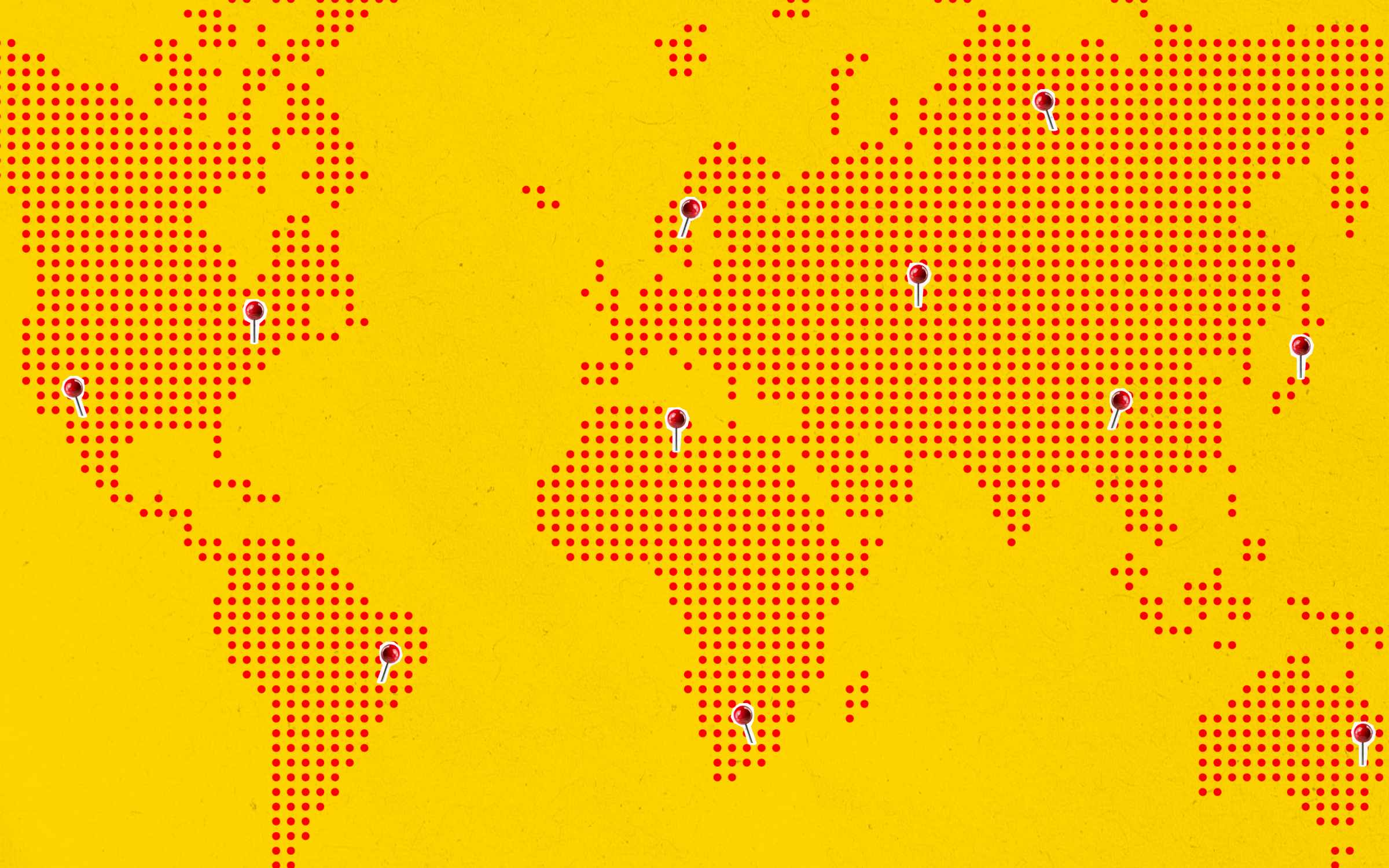When it comes to creating an inclusive workforce, there’s still progress to be made. According to research from Deloitte, 42% of LGBTQ+ employees reported having experienced non-inclusive behaviors at work.
It’s important to remember that LGBTQ+ employees have always been a part of the workforce, and there are many existing programs that support LGBTQ+ employees. You can use the foundation of existing resources as you build your hiring pipeline.
To create an inclusive environment at your organization, you’ll want to ensure that your hiring pipeline strategy is inclusive. As LGBTQ+ employees look for jobs, they are seeking workplaces that reflect their values, offer inclusive benefits, and have an authentic culture.
Here are four initiatives to help improve your hiring pipeline and create a culture that is appealing, safe, and inclusive for LGBTQ+ employees:
1. Rethink Career Pages to be More Inclusive
As you think about your hiring strategy, it’s important to imagine it from a candidate’s perspective. If a candidate is interested in working at your company, the first place they’ll visit is your company’s career page. Considering that the language in your job descriptions will give candidates a sense of your company culture, you’ll need to think about the language from an LGBTQ+ perspective to ensure you’re creating a welcoming space for candidates.
One example is to include gender-neutral language by replacing mentions of ‘he’ and ‘she’ with ‘they’. By removing inherently-gendered language, this allows for employees, however they may identify, to be able to see themselves in the role.
“We have designed our recruiting process itself to ensure candidates feel welcomed and supported,” says Beck Bailey, global inclusion and diversity lead at Accenture, a global professional services company. “We provide candidates an opportunity to disclose their pronouns; the language we use in job openings is gender inclusive; our recruiters go through inclusion and diversity and unconscious bias training to be better equipped to support all candidates.”
One of the tools Accenture’s recruiting team uses is the Recruitment Diversity Funnel. Its dashboard provides Accenture insights into inherent gender diversity bias at each stage of the recruitment process. This allows HR to visualize the gender recruitment mix compared to prior quarters, sufficient sourcing, and conversions onboard about recruitment mix targets.
Visibility into what working at the organization might look like is essential, and many LGBTQ+ candidates are looking to see themselves, or people like them, represented on these pages. “Our career pages profile our [Lesbian, Gay, Bisexual, Trans, Intersex and Queer] people and share their success stories as visible role models to Accenture employees and job candidates,” adds Bailey.
2. Utilize LGBTQ+ Job Boards and Communities
Inclusivity starts at the beginning of the job search and should be represented throughout the whole process. Research from the Human Rights Campaign, a civil rights organization, noted that 31% of LGBTQ+ [Lesbian, Gay, Bisexual, Trans, Intersex and Queer] workers say they have felt unhappy or depressed at work. Understanding that is essential to begin creating an outwardly inclusive environment and community. For a candidate, it can be daunting to start a job search without knowing what to look for and to begin with a job board that isn’t hyper-specific to their search. Meeting candidates where they are can be an excellent way to connect with LGBTQ+ talent.
“With a proper foundation in place and work to support our inclusive culture, we are properly prepared to seek out LGBTIQ+ candidates,” says Bailey. “For Accenture, this means connecting with organizations and career fairs that cater to LGBTQ+ employees. Accenture actively recruits from the LGBTIQ+ community — from attending career fairs like Reaching Out MBA, Lesbians Who Tech and Sticks & Stones, to advertising on LGBTIQ+ job boards. They work with universities worldwide to share our Pride inclusion programs and regularly speak at LGBTIQ+ events and conferences.”
For those looking to recruit LGBTQ+ talent, there are resources in place to find the talent like job boards, organizations, and programs that are made for LGBTQ people, and continue to build and foster relationships within the communities.
3. Offer Inclusive Benefits
To attract LGBTQ+ employees, employers can provide inclusive benefits. Examples of inclusive benefits include providing healthcare that covers gender-affirming care, using gender-neutral language to offer parental leave, or even covering adoption fees for all parents and couples.
“One way we attract and support LGBTQ+ talent is to have a robust benefits package that includes coverage for transgender employees,” says John Nakata, technical specialist at IBR, a student loan repayment service. “This can be important for employees who may not be able to get coverage through traditional health insurance plans.”
Benefits can often skew toward heteronormative employees and heteronormative couples, including maternity and paternity leave, so companies must look to make their benefits more inclusive and highlight them during the recruiting process.
“Unfortunately, many LGBTQ people lack access to healthcare or are hesitant to seek it because of their identity,” says Anthony Mixides, managing director at Bond Media, a web design agency. “Employers who are LGBTQ-inclusive may provide benefit packages that include: health and life insurance for same-sex partners, providing transgender employees with medical benefits, and paid parental leave as opposed to only maternity leave.”
For a company like Accenture, Bailey explained that offering inclusive benefits means offering tools for employees to self-identify as members of the LGBTQ+ community and to find support when needed, including mentoring programs and time off for people undergoing gender transition. Specific to LGBTQ+ is for example, Accenture’s Pride Mentoring Program, a voluntary program that enables Accenture’s LGBTIQ+ employees and Pride allies to connect with each other and promote knowledge-sharing. This mentoring provides access to coaching, information, new perspectives and holistic development.
4. Build an inclusive work culture through ERGs
When candidates are looking for work environments that will be inclusive of and help foster their identity, they are looking for communities and groups they can join. ERGs are employee resource groups that allow groups of people within an identity to meet together, connect with one another, and talk about their identities and possible initiatives they can see implemented at work. One way you can highlight these internal communities is through spotlighting them on your career pages, company blogs, and sections on culture on the website. This can also be an opportunity to talk about some of the events, workshops, and learnings that come from these communities to show that they are an active asset to the company and the people that work there.
Companies like Guidewire Software, a software development company, and Medallia, a SaaS platform provider, highlight ERGs on its careers pages, giving potential candidates a view into some of the existing communities at work that they can join. This is one way that businesses can help foster inclusivity by giving employees a space to talk to others with similar identities and create a more authentic culture.






